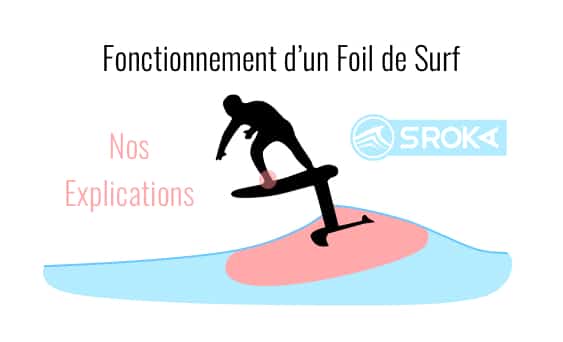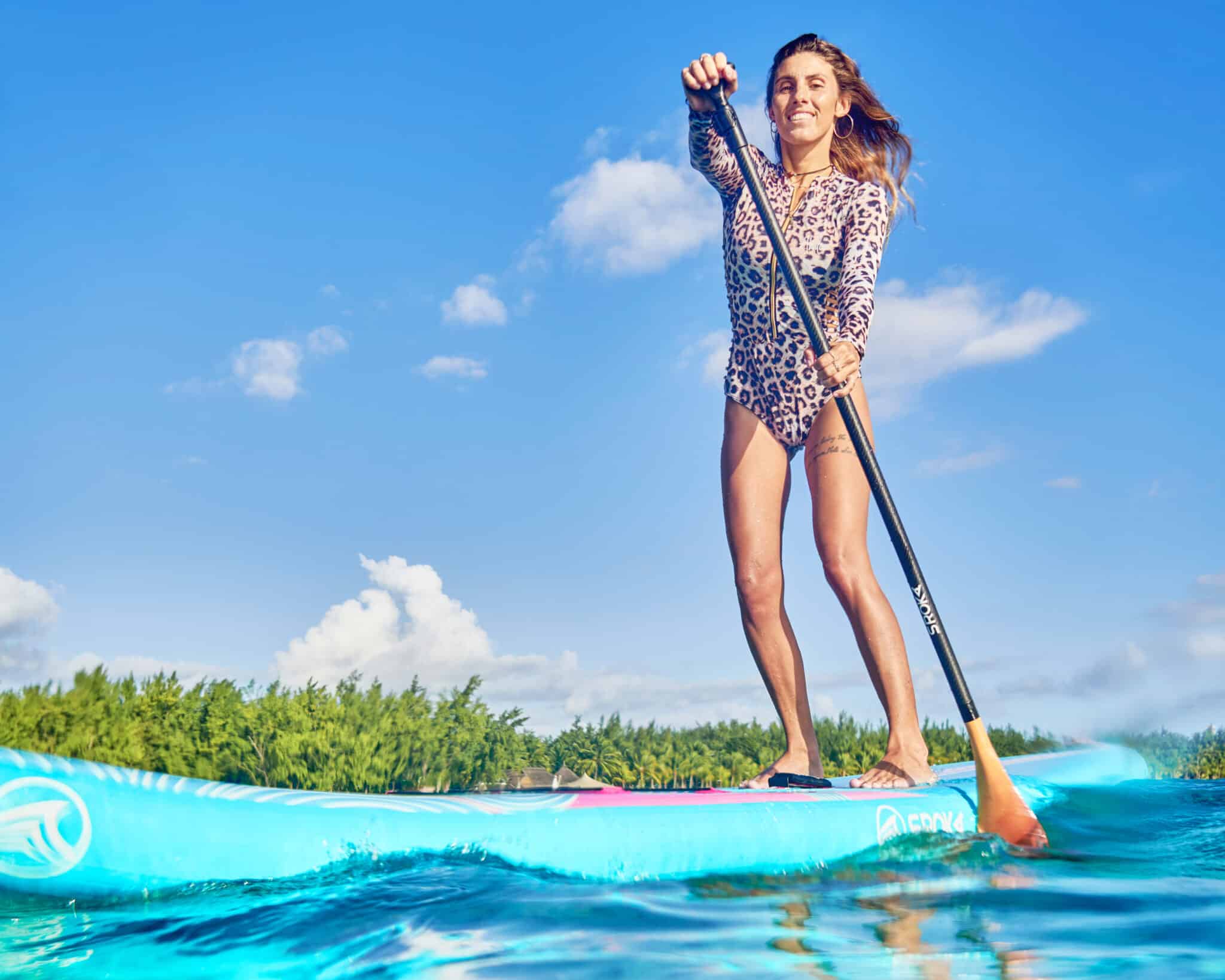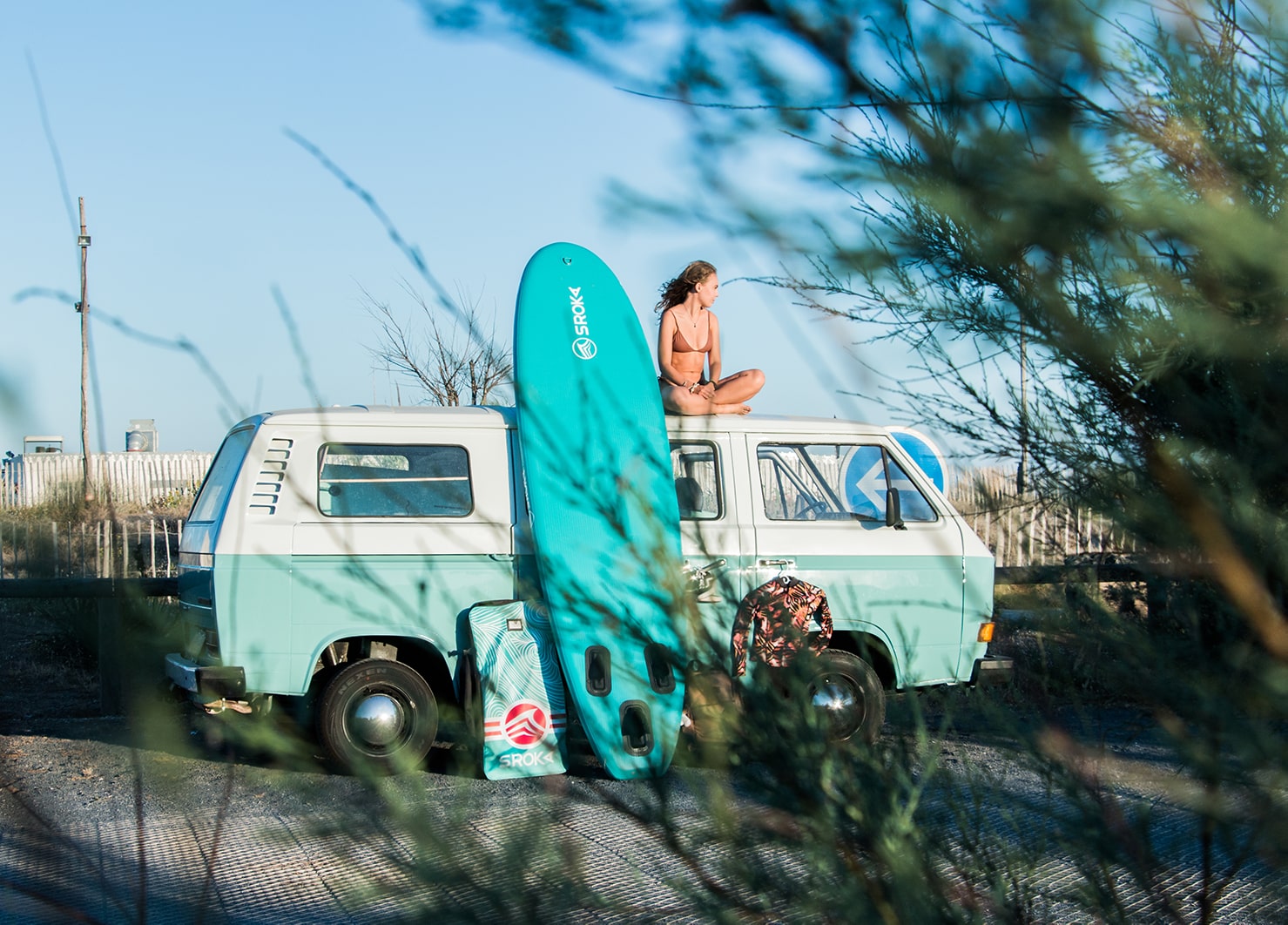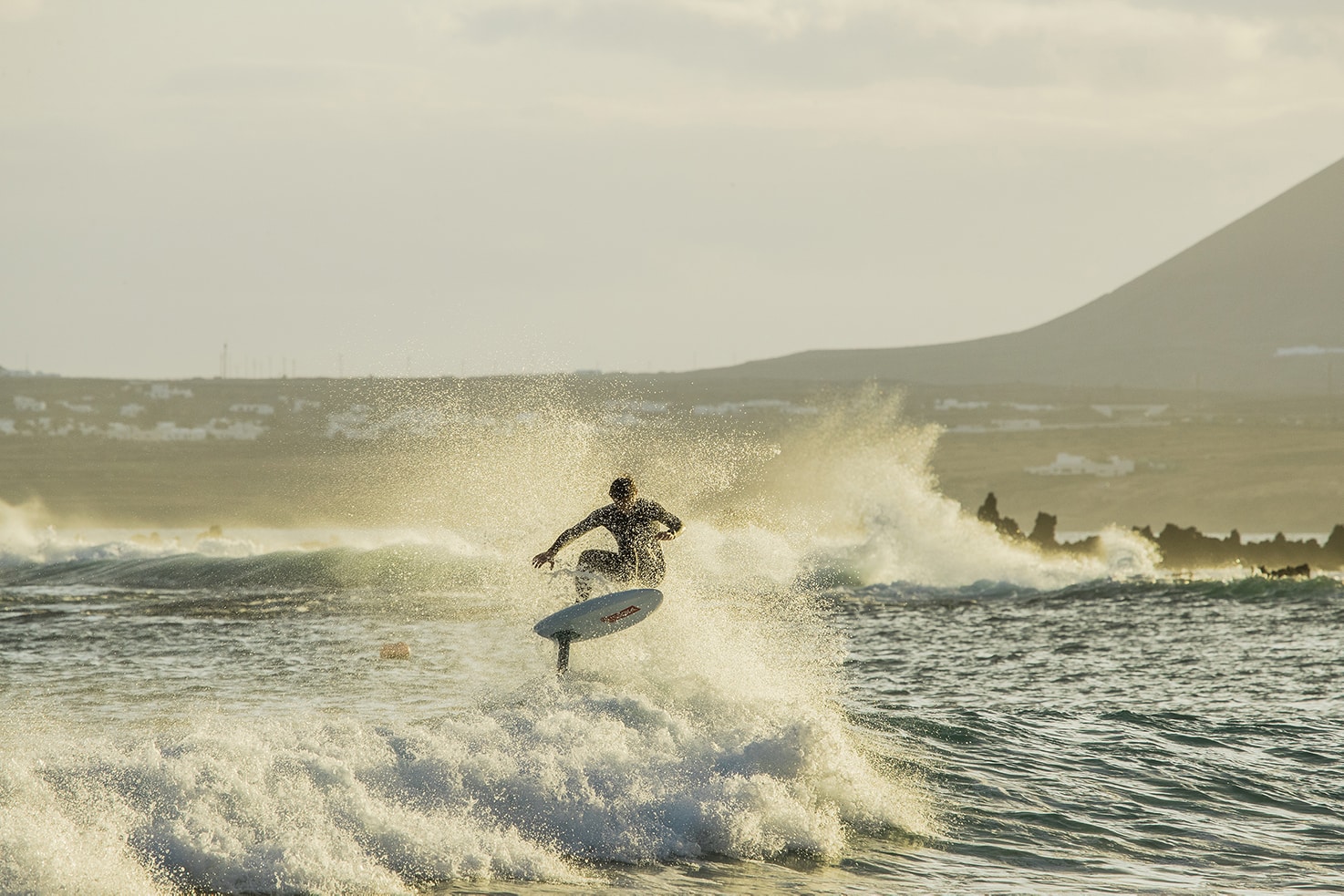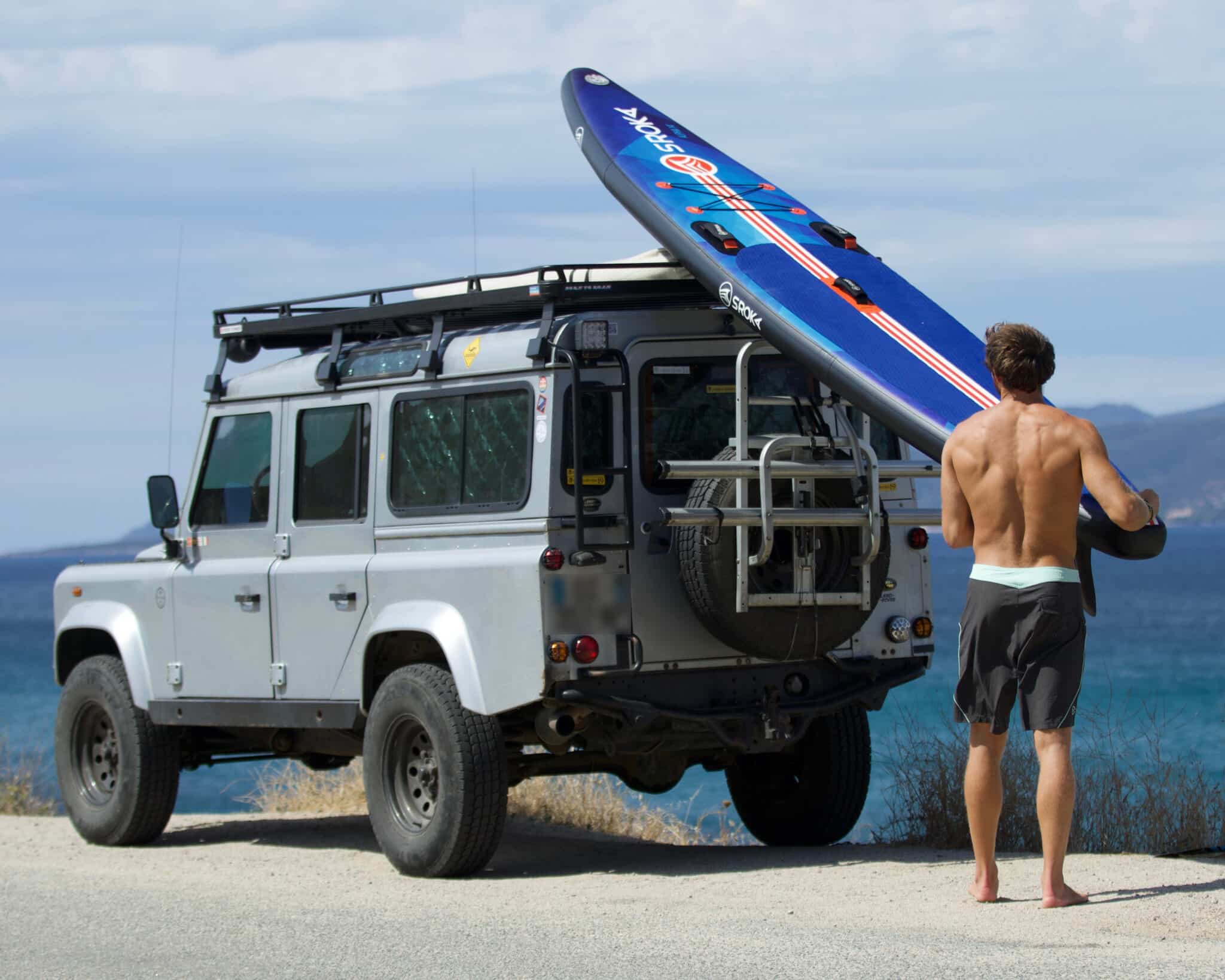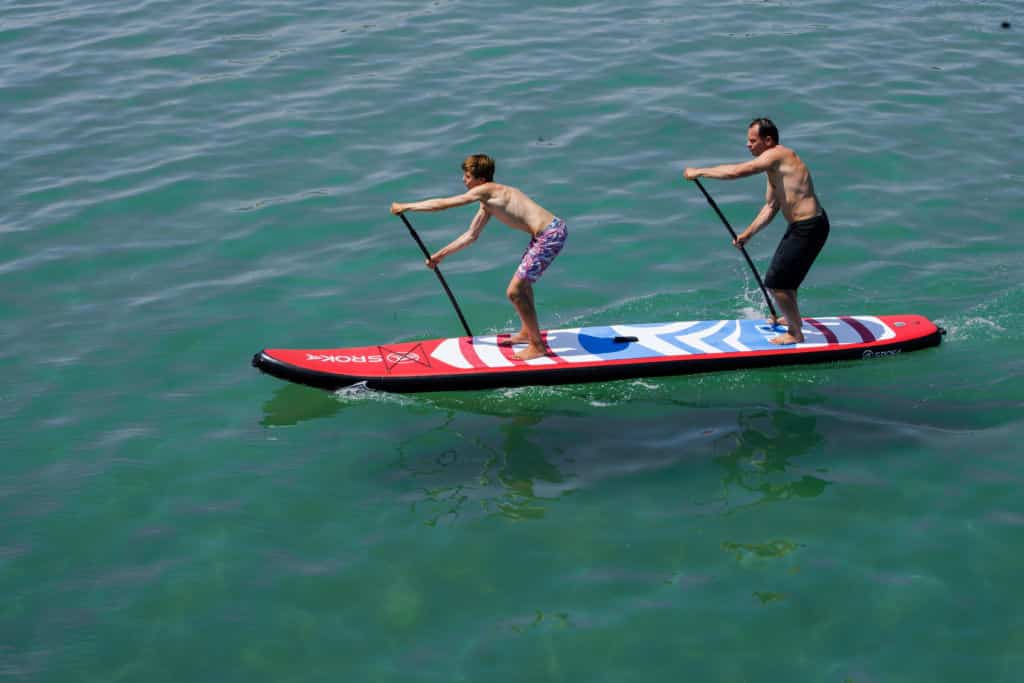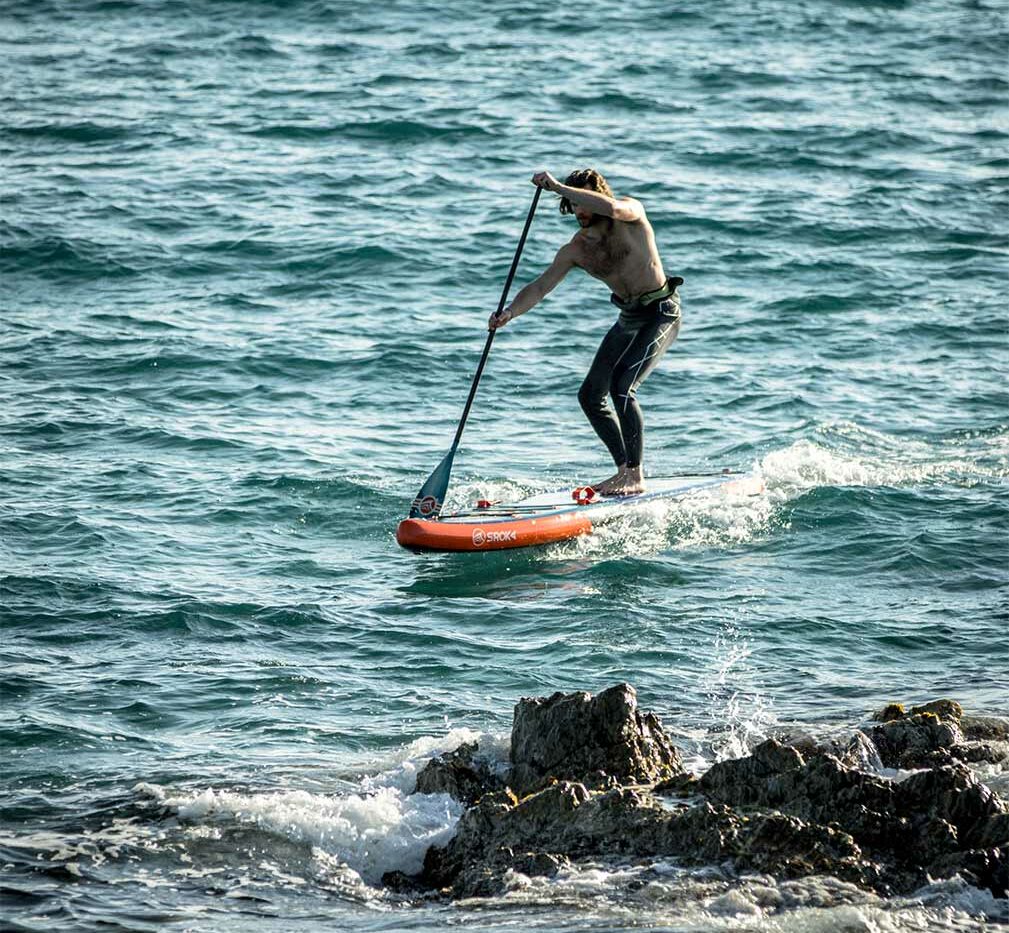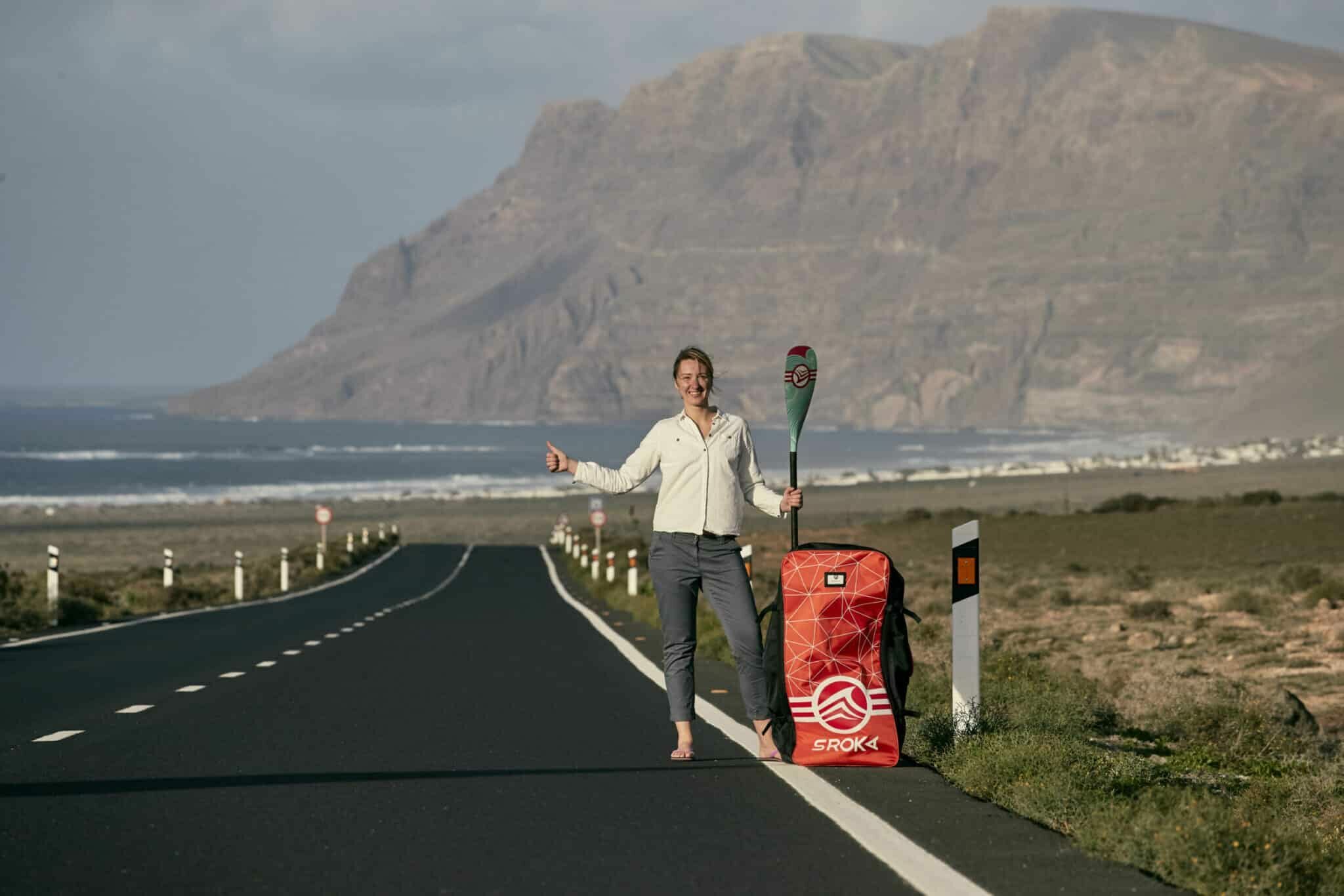 LE MAGAZINE
LE MAGAZINENew light Wind board in Wing foilThe LW from SROKA

To be efficient in Wing Foil in Light wind, you need to adapt your equipment to glide better and start earlier. This means choosing the right board and foil to optimize glide. In this section, we’ll look at all the information you need to know to choose the right board for light or ultra-light wind sailing at Wing foil.
The right board for light winds in Wing foil
For an early start, you need a long, narrow board. The wider the board, the more drag it will generate. Reducing drag means increasing the board’s length and decreasing its width.
Take paddles, for example. The longer and thinner the paddle, the more it will glide. Conversely, the shorter and wider the paddle, the more it will turn but glide less.
With this in mind, if you want to get an early start, you need to choose the right board: long and narrow.
But why?
Drag in water is 800 times greater than in air. It’s proportional to the board’s frontal contact area with the water. So the wider the board, the greater the area of friction with the water. So schematically, a board that’s wide and shorter won’t glide as well as a board that’s long and narrow.
Drag is also proportional to speed squared. So the more you want to accelerate, the more a wide board will increase its drag and therefore have difficulty accelerating.
In our range, we have two types of boards that could enable you to sail in very light winds (between 5 and 10 knots).
First of all, the LW “light wind” range range is predestined for sailing in this very light wind. The LW will also excel in stronger winds for racing or long-distance freeride and surf wing in light winds.

The 3 board sizes in the LW range
- 5’7x 20 x75 L
- 6’2 x21x 90 L
- 6’6 x 22 x105 L
To optimize your light wind wing sessions foil, take a board with at least 10 L more than your body weight.
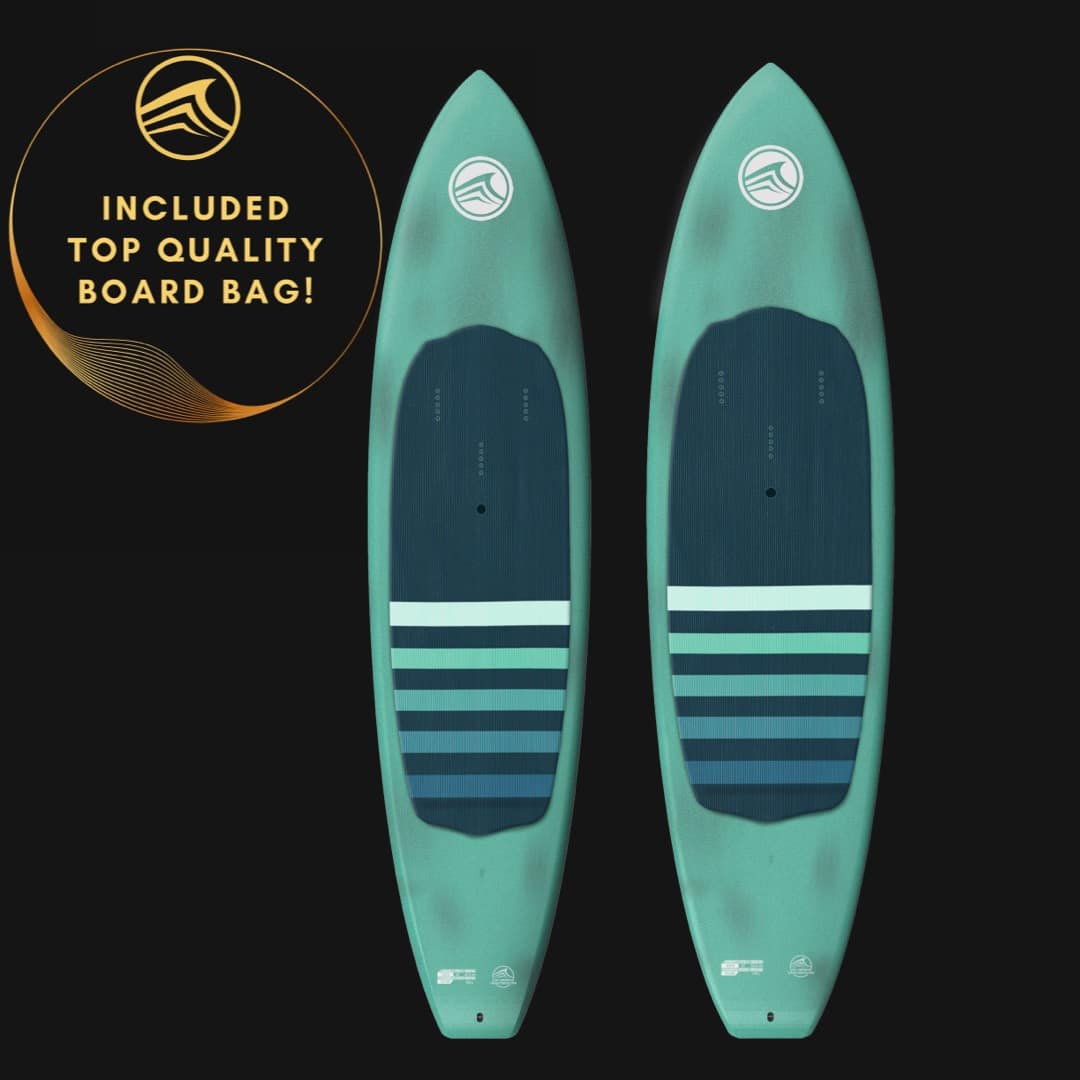
Secondly, there’s the DW range, which will be even longer and allow you to take off in even lighter winds. But it will be more suited to downwind and light wind.
There are two board sizes for light wind in Wing foil and downwind with a paddle or wing.
- 7’2W x22 x 130 L
- 7’2x20x 110 L
Personally, to choose the right type of board, I use this methodology
- If all you want to do is light wind, wing downwind and a bit of wing foil in the waves in light conditions or do a bit of prone, I’d go for the LW range.
- If you want to do light wind, downwind wing and/or Sup foil (with a paddle) or if you want to do Sup foil in the waves, I’d go for the DW range.
Of course, start with a slightly larger foil to make learning easier. If your technique is top-notch, then you can choose smaller front wings to maximize glide and speed sensations.
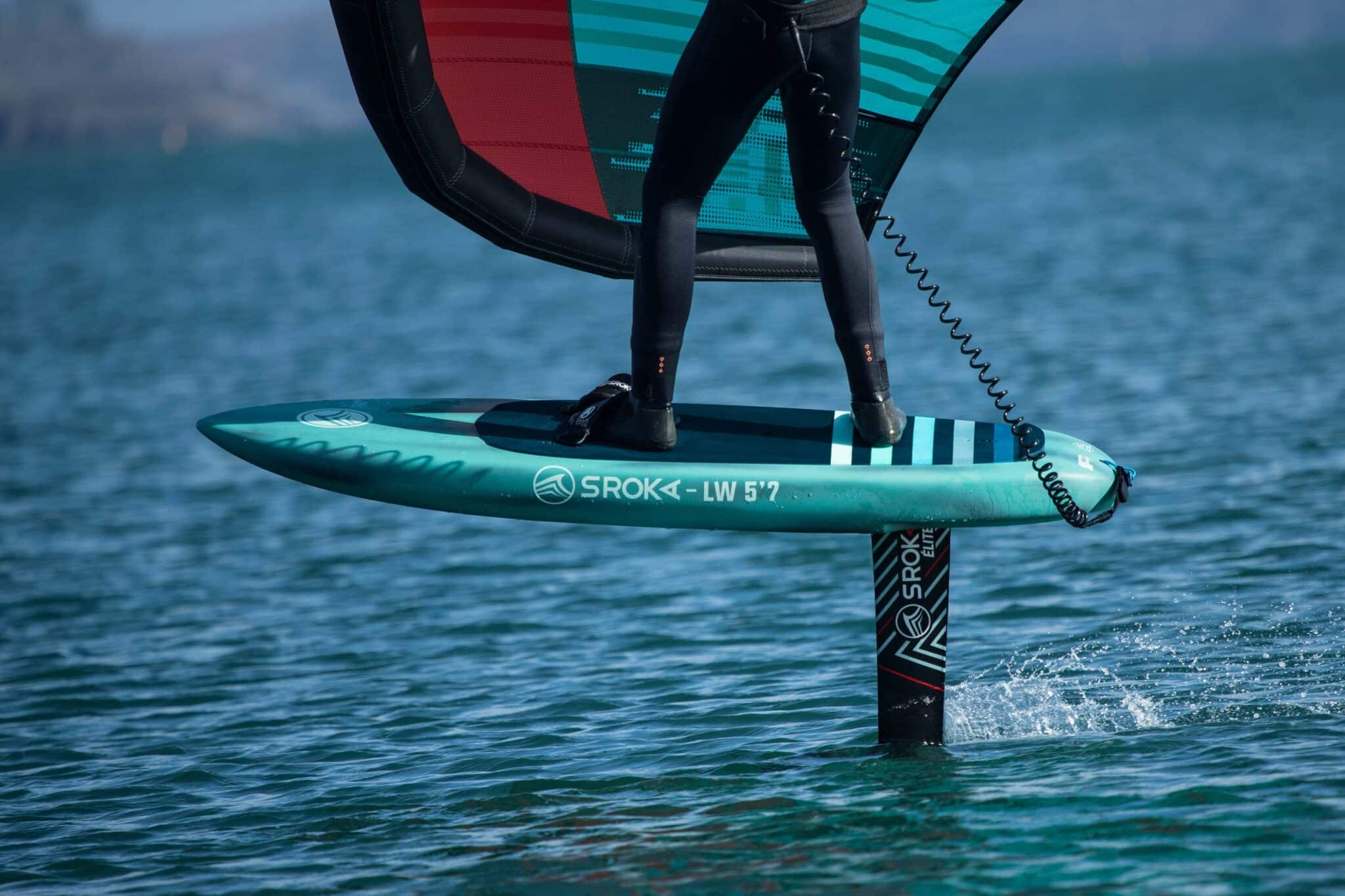
How to sail a light wind wing foil
A little starting technique:
- Start almost at a standstill. Pump your wing to gain horizontal speed. Don’t try to fly right away, but go for horizontal speed first.
- Then, when you feel you have enough horizontal speed, give 2 oblique pump strokes to use the wing’s lift to lift the board out of the water. At the same time, pump with your feet to help lift off.
Learn to fly with minimum distance:
- The key is to learn to fly in a gust over a maximum of 5 meters. This means you need to take off quickly and efficiently. Over a short distance, you’ll need to give it all you’ve got to get off the ground. If you have to pump over a long distance, it’s virtually impossible. So save your energy and give it all you’ve got at the right moment.
- Store power in your wing. If, when pumping, your wing comes back towards you too quickly, this means that the wing has not stored enough power. You need to adapt the way you pump. Back and forth arm movements don’t work. Instead, you need to make 8s with your arms, especially in light winds.
- Finally, take off on the right foot (regular or goofy) if you have a preferential side for pumping, start off on the right side.
Observation and Anticipation
When you want to wing foil in light wind, watch out for micro gusts. You have to anticipate wind slack or gusts at all times. It’s easier to pump with a gust than without. And when you’re flying, if you see a gust ahead of you, you need to start pumping with the wing and/or the board to get through the no-wind zone. Conversely, if you see a gust ahead of you, you can accelerate and climb upwind to gain more upwind ground, so you’ll be comfortable if the wind eases afterwards. Reading the water is therefore fundamental.
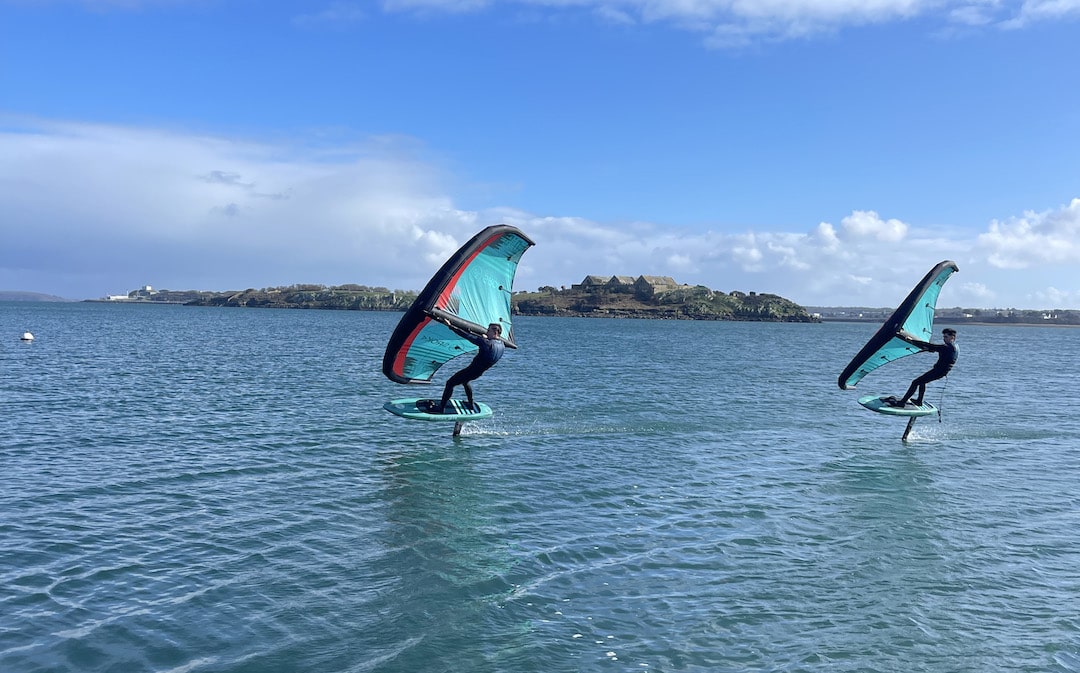
Energy and Technology :
- To improve your technique, choose a calm stretch of water to help you learn to sail in light wind. Wing foil.
- Wing pumping foil in light wind and chop is much more technical, as the chop will block the board’s horizontal speed. So practice to improve your technique and get going in all conditions.
Flying in light wind Wing foil requires a real apprenticeship. Those who are strong in strong winds are not necessarily strong in light winds. You need to adapt your technique and improve your efficiency, and you need to adapt your equipment.
Now’s your chance to stand out from the crowd. Choosing to fly light before the others can save many a session, especially for our friends who fly inland.
If you have any further questions, or if you have any other requests, please don’t hesitate to contact us!
 Le Magazine
Le Magazine



